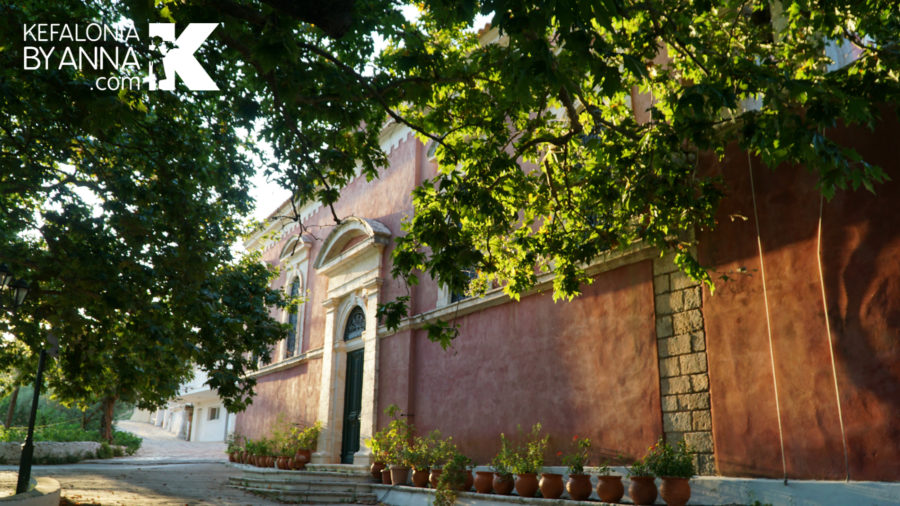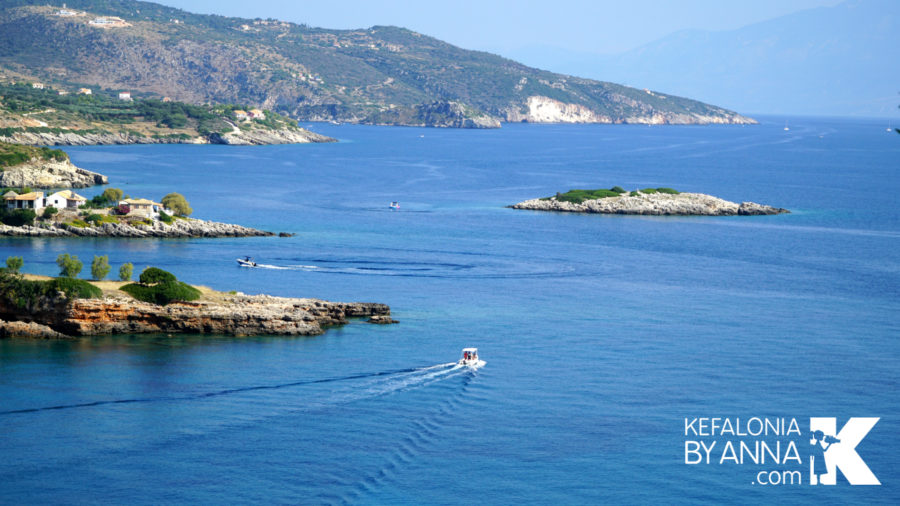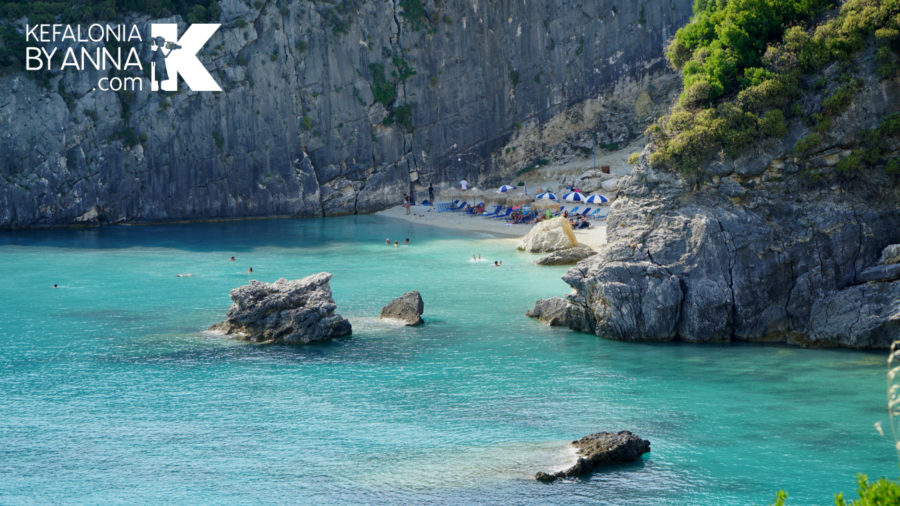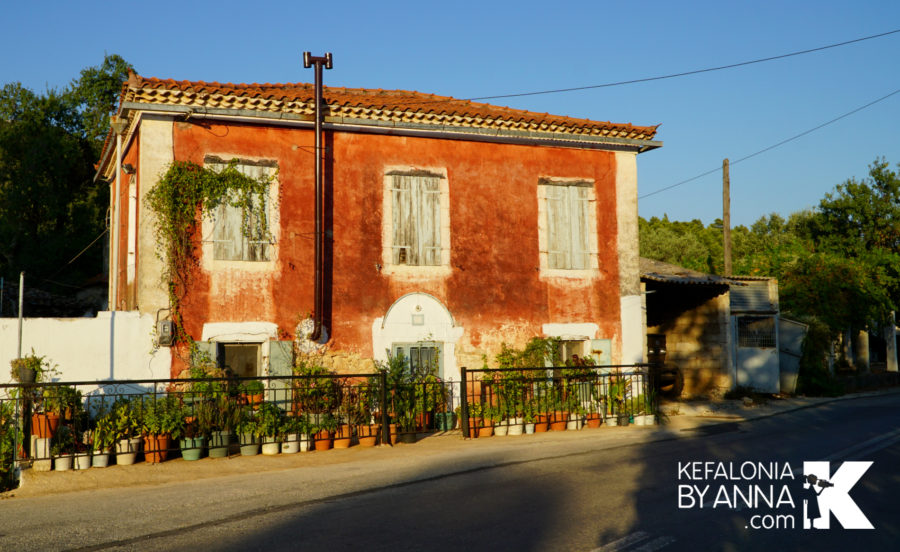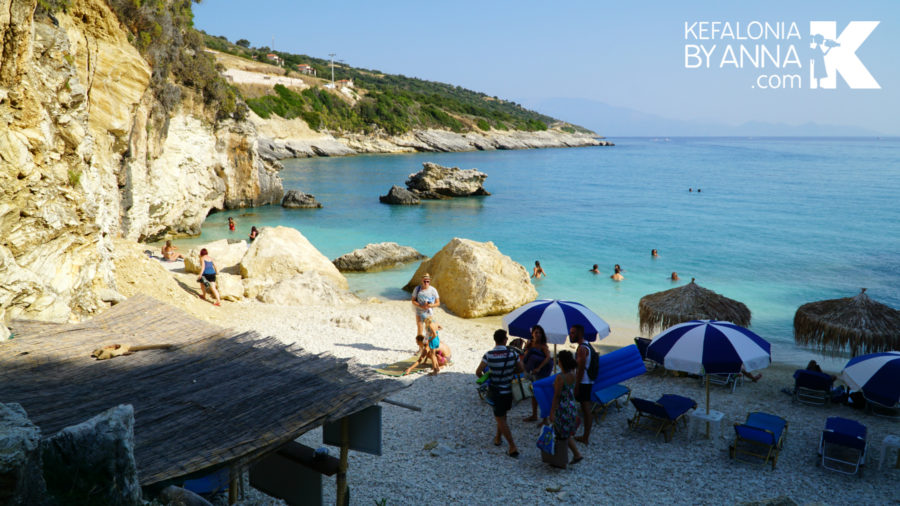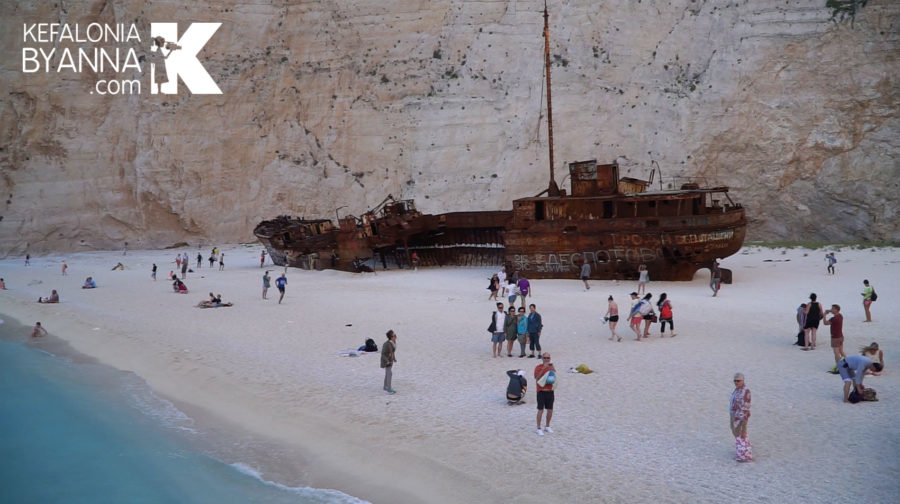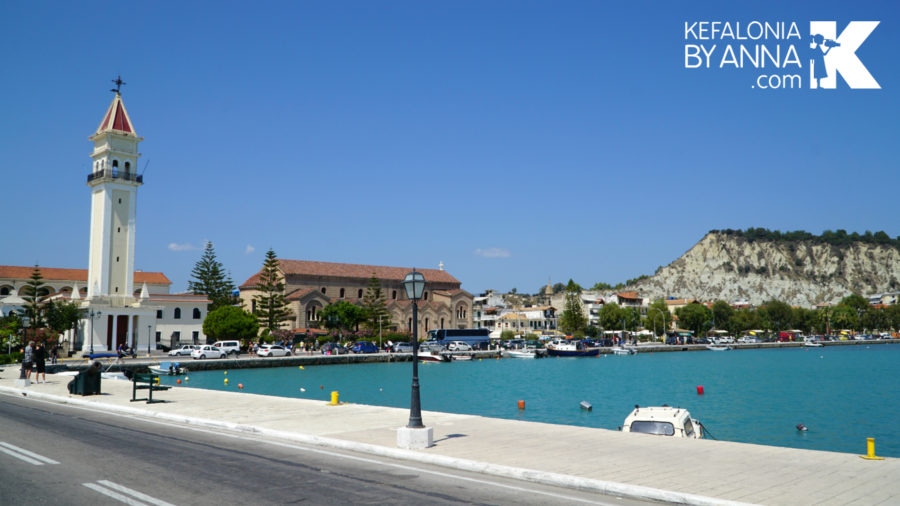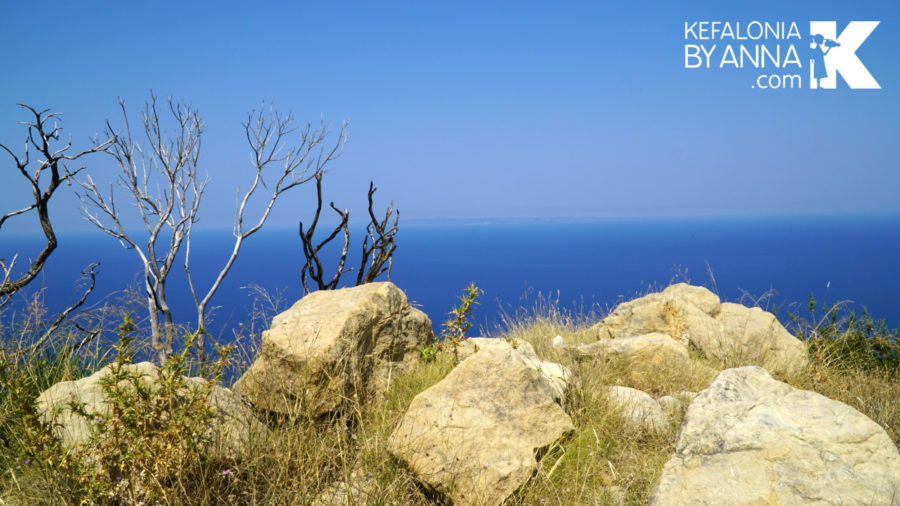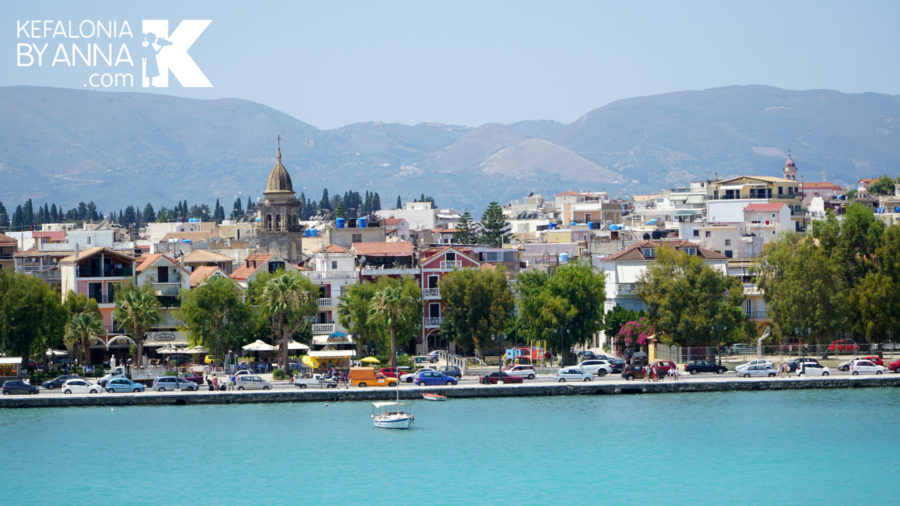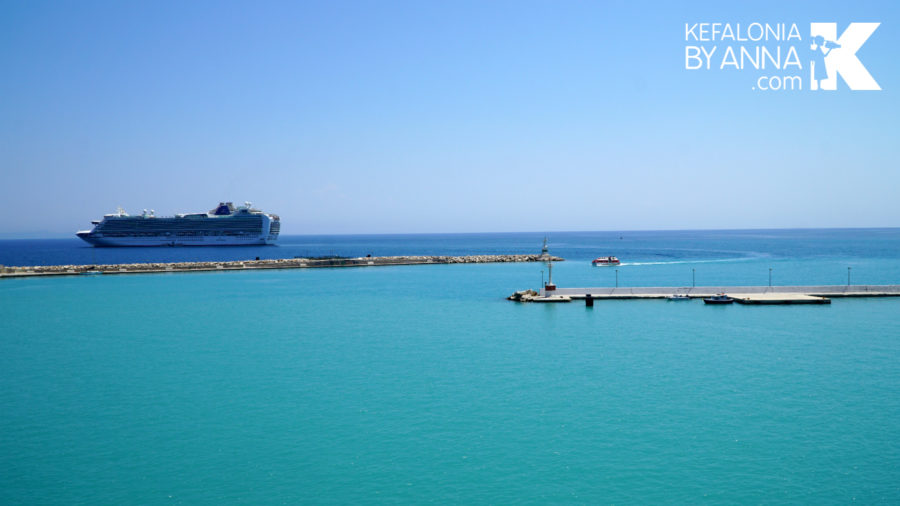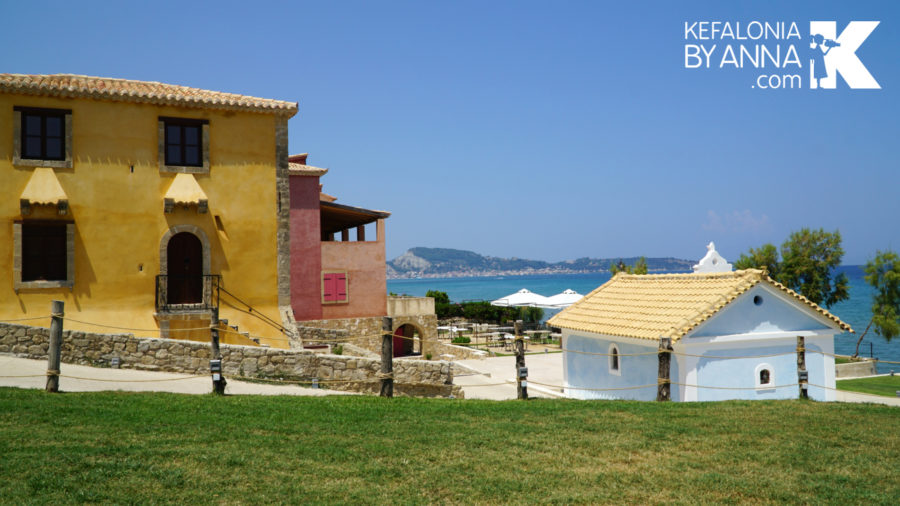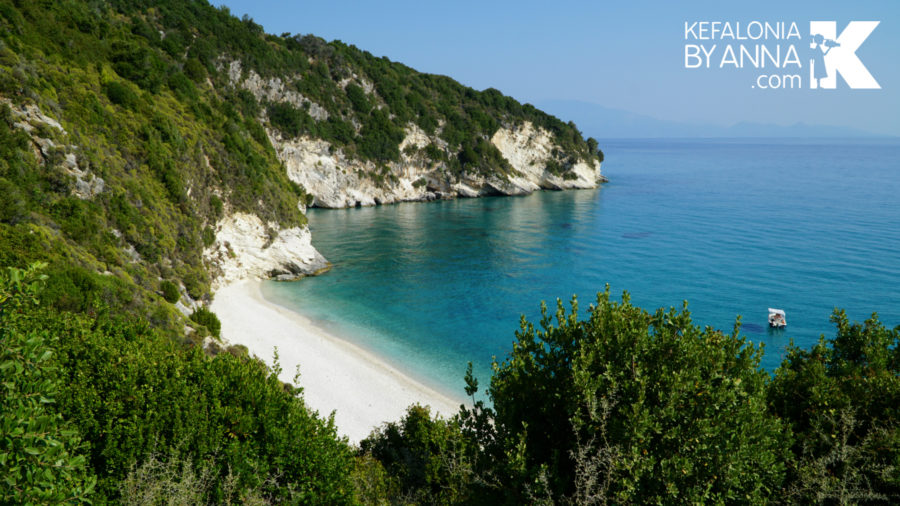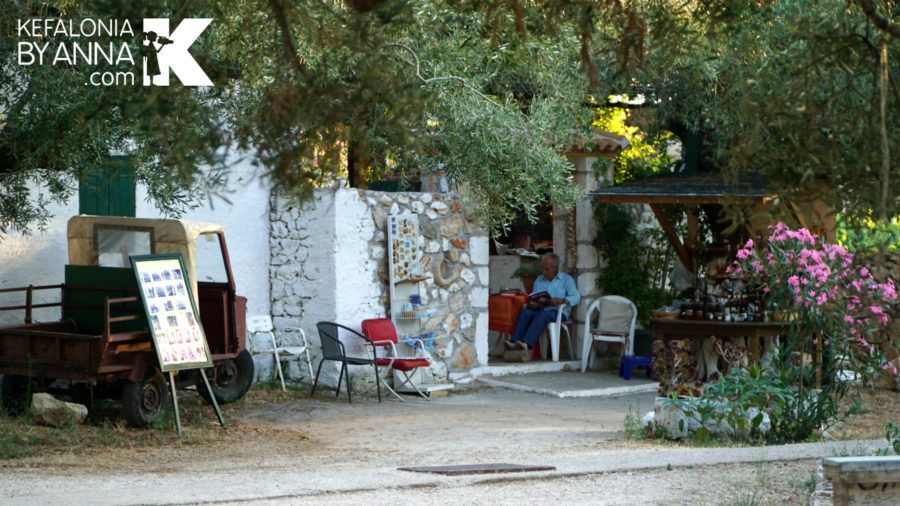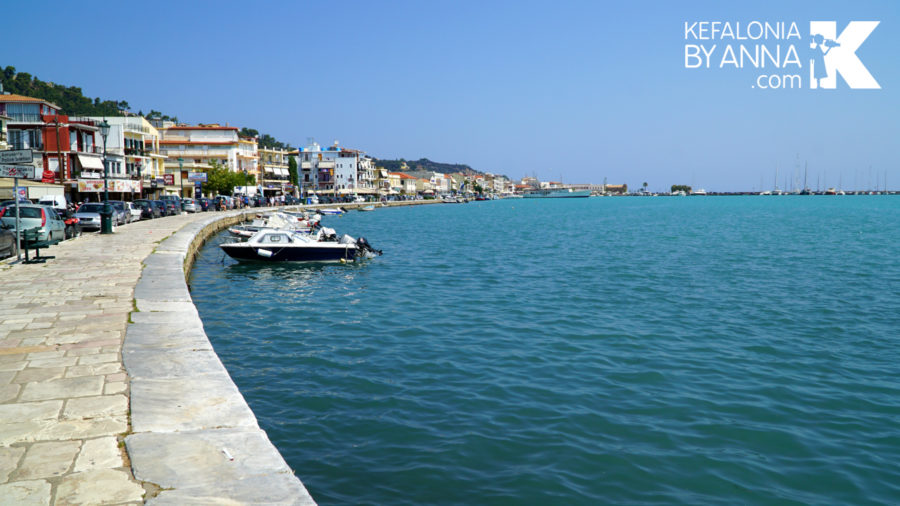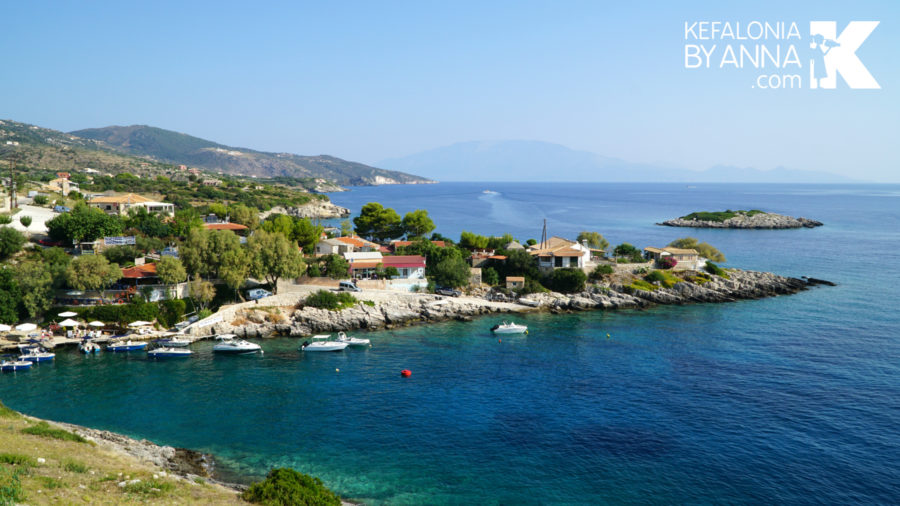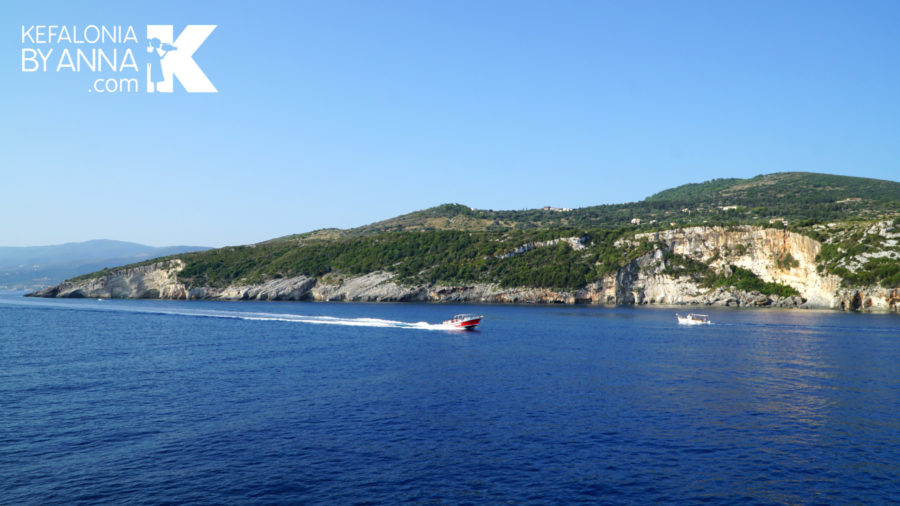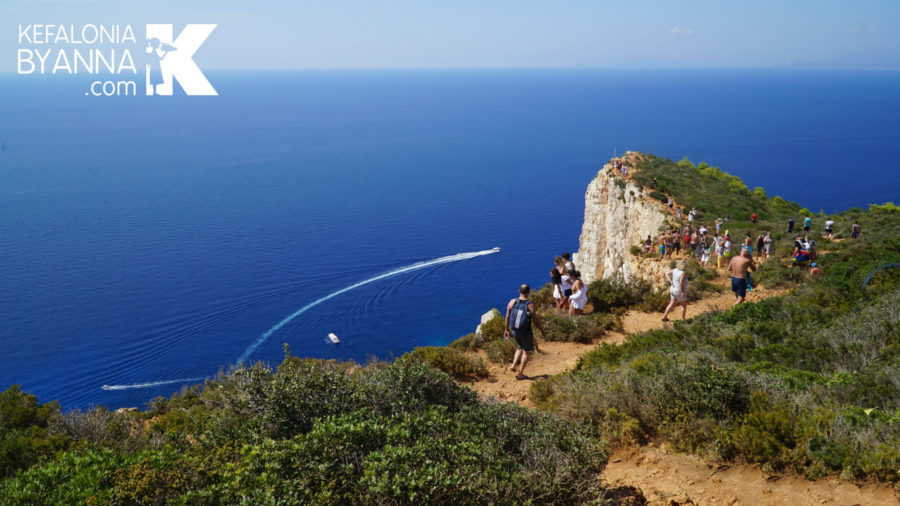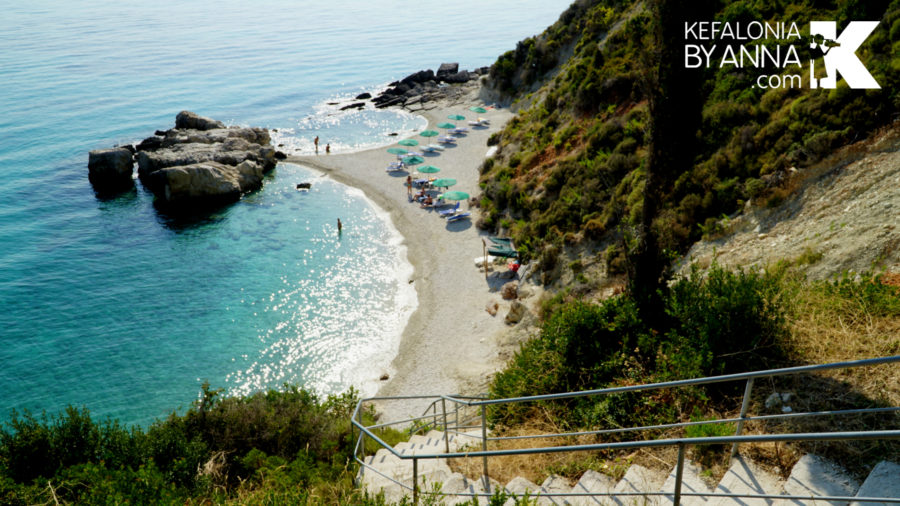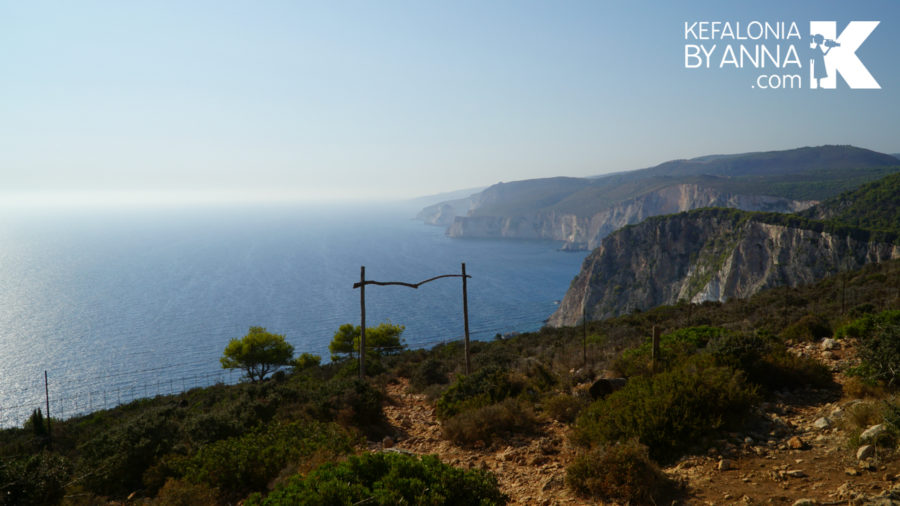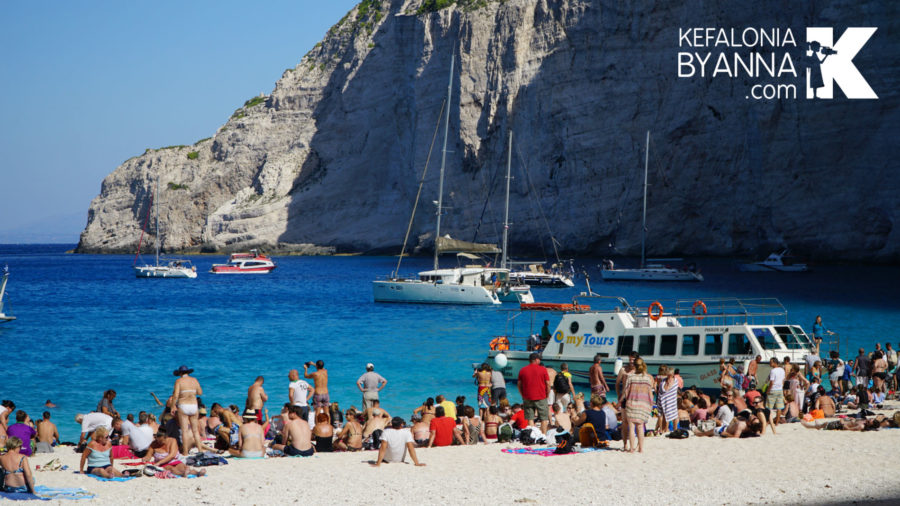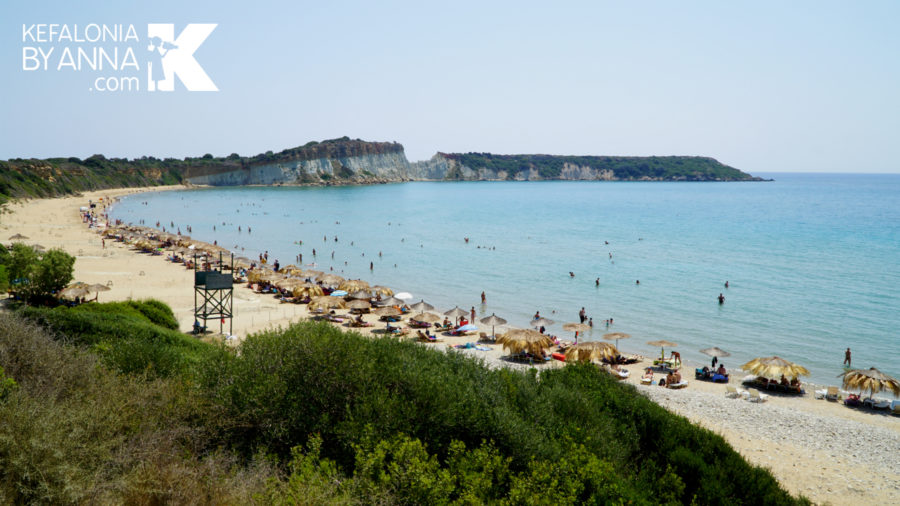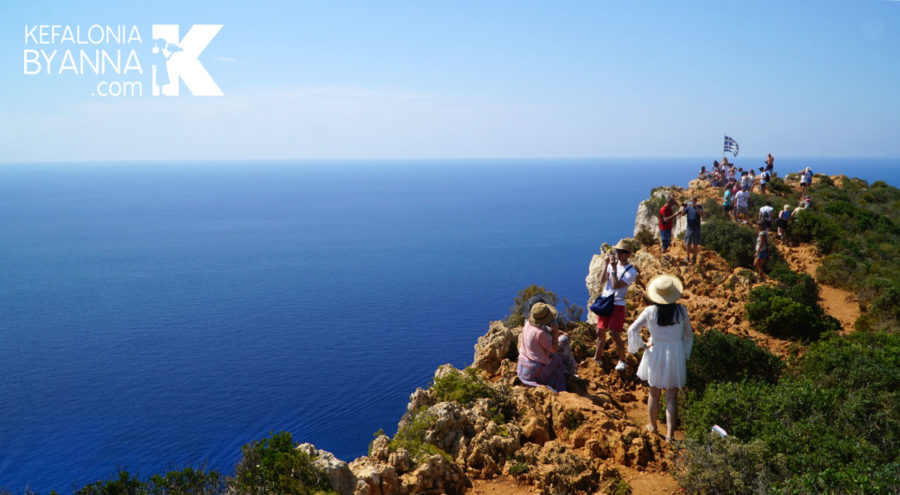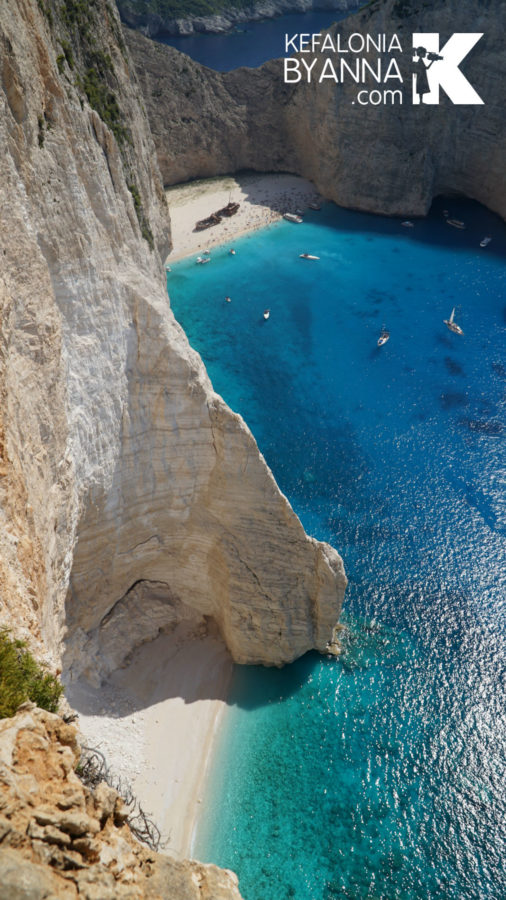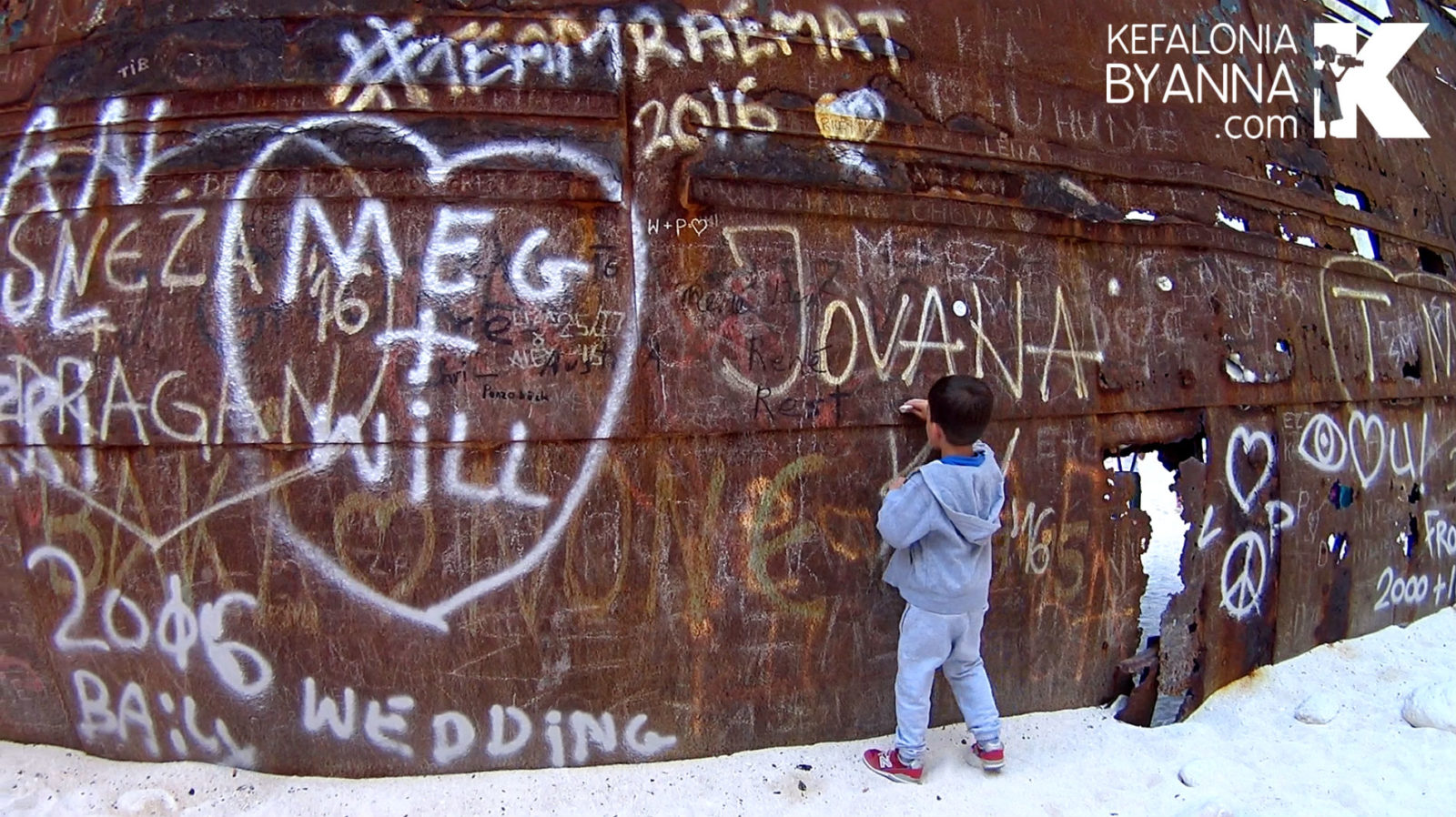Zakynthos (or Zante) is the third largest of the Ionian Islands, and is located about 15km away south from Kefalonia. It is visible on clear days from Skala and the south coast, as well as from the top of Mount Ainos. It is a great idea to take a day or multi day trip there!
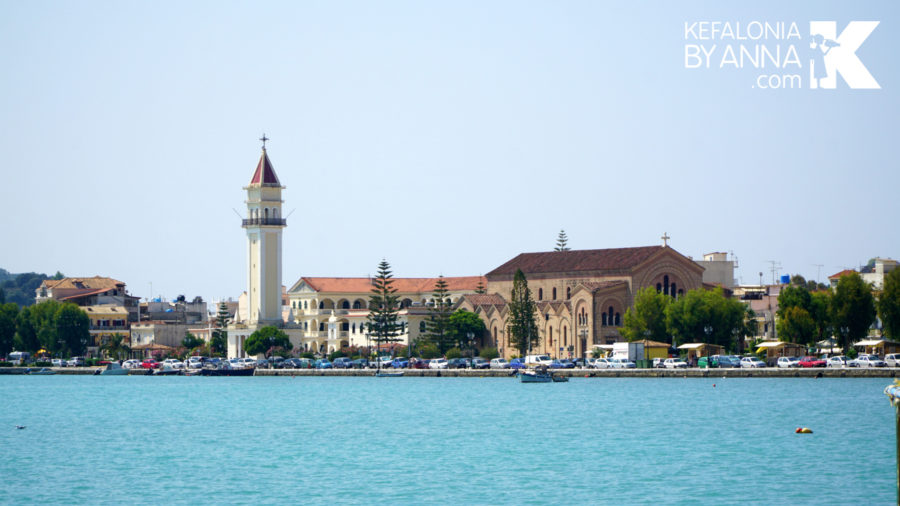
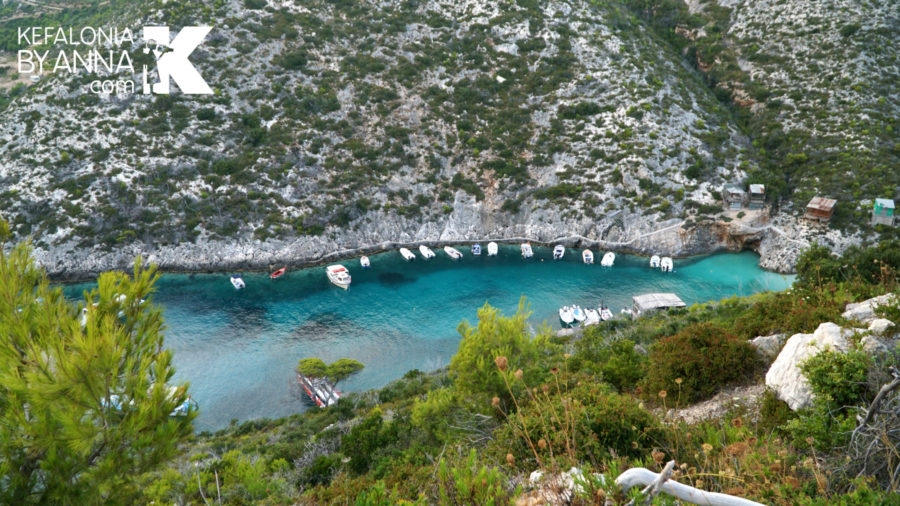
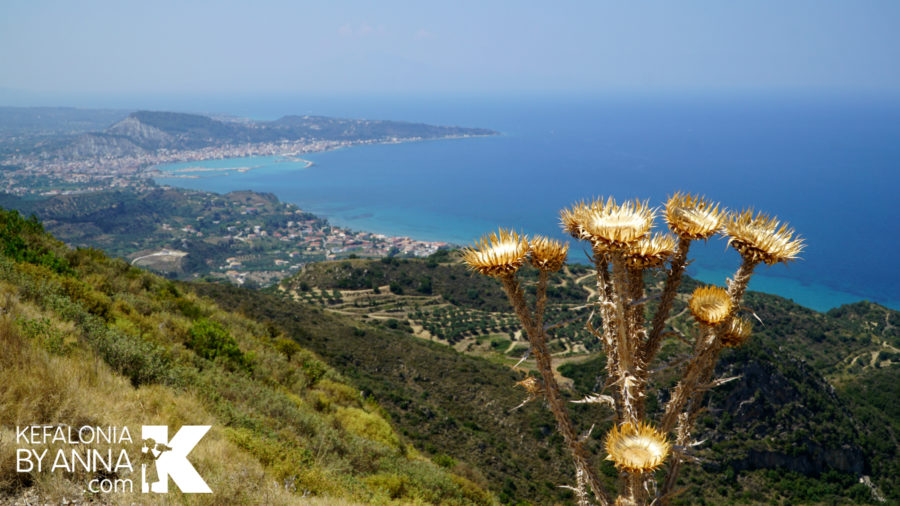
Try combining a few days in Zakynthos before or after your stay in Kefalonia. Both islands are similar in natural attributes, although Zakynthos has some areas that welcome mass tourism, so I would recommend visiting it preferably in the low season. Fill up the form below if you want us to organize your trip and activities.
As a popular tourist destination, the island is easily reached by ferry from Kylini on the mainland. If you are travelling from or to Kefalonia you could get the ferry from Pessada port, at the south of Kefalonia or the Azimut high spead boat touring the Ionian Islands 3 times per week, arriving in Sami (no car garage), or by air (only during the summer season).
The island has a varied coastline, from wide sandy beaches to high, inaccessible cliff faces. Zakynthos is one of the best places in the world to find the famous Loggerhead sea turtle (Caretta-Carreta), nesting their eggs on the sandy beaches of the south (some restrictions apply in some of the beaches between Laganas and Kalamaki by the authorities, it is important not to violate them).
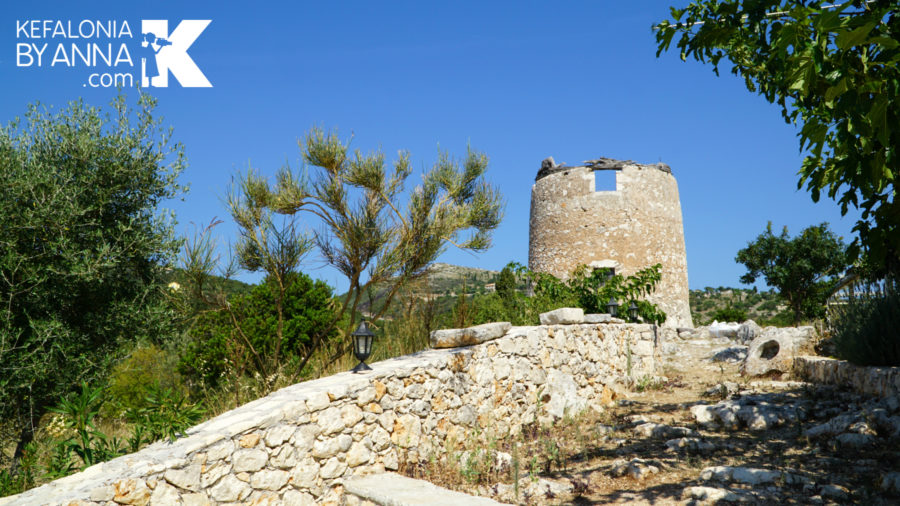
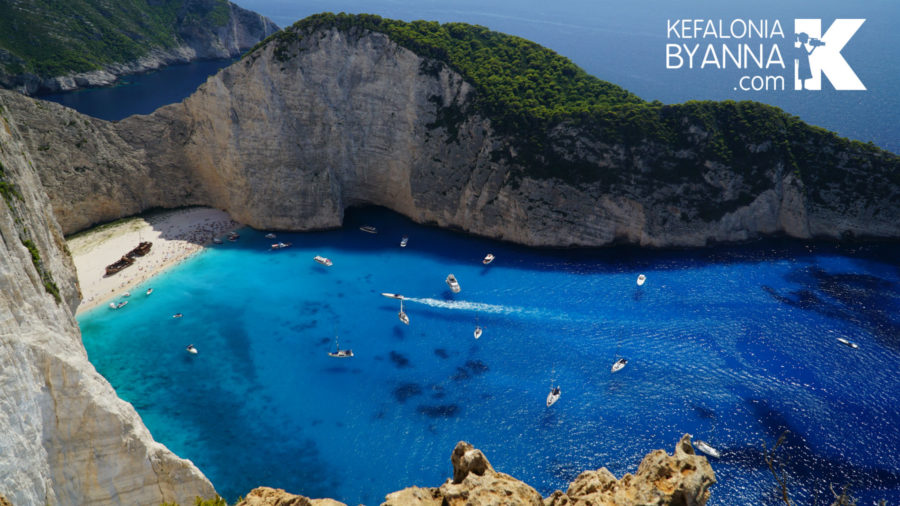
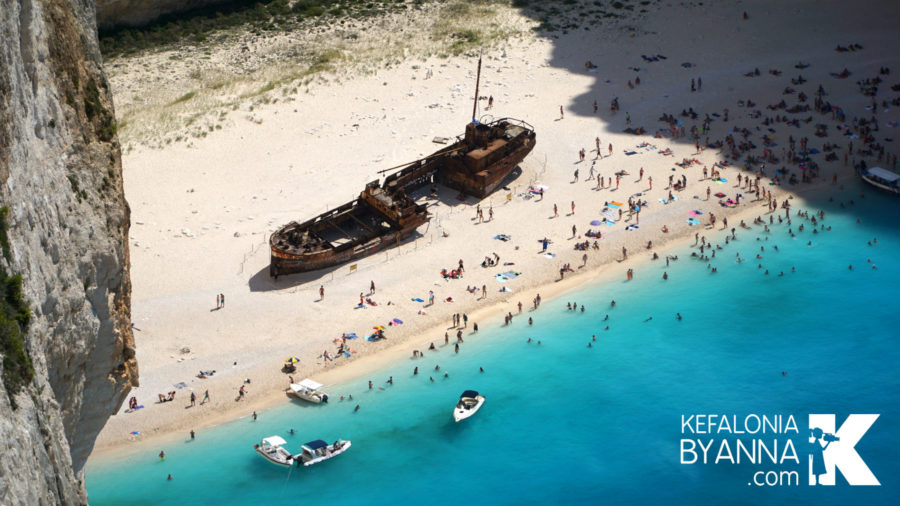
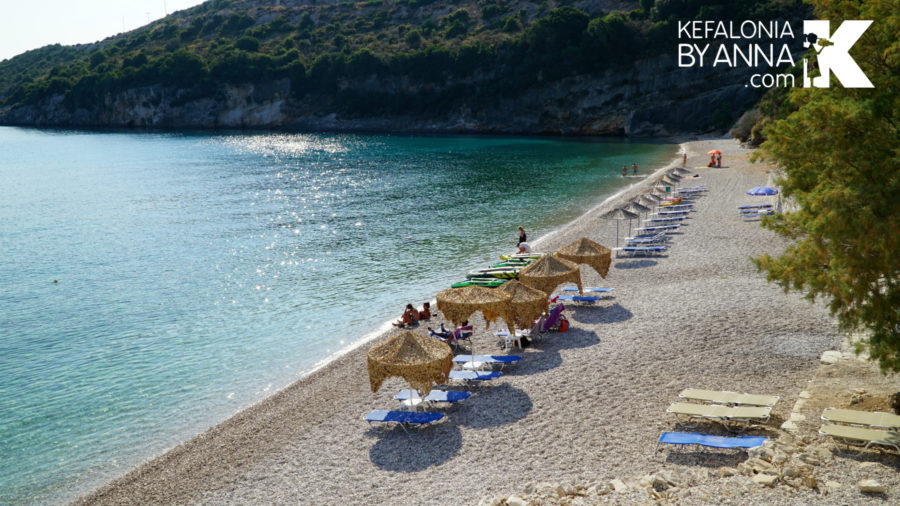
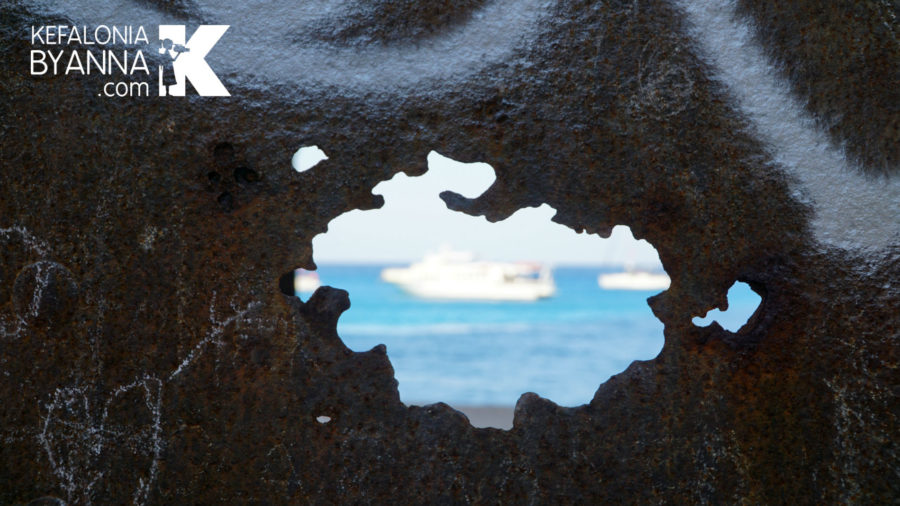
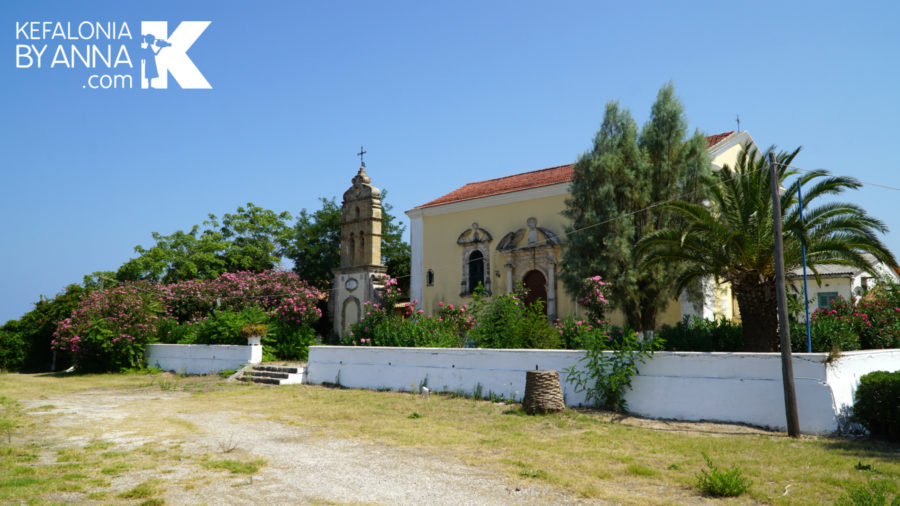
In the north-east you can find Xigia beach with it’s sulphur springs, turquoise water and sea caves, it is said that the water there is therapeutic. There are two more coves accessible by footpath that are unorganised. Porto Vromi in the west has a small sandy beach surrounded by large vertical rocks with natural caves carved into them. From here you can take a boat trip to one of the most famous landmarks on the island is Navagio Beach, a cove on the northwest shore isolated by high cliffs and accessible only by boat. On the beach lies a shipwreck nestled in the limestone gravel, the wreck is from 1980 so it’s not an impressive wreck but it’s stunning location makes it worth a visit.
You can either take a boat trip to the beach, or view it from the platform at the top of the cliffs. The Navagio beach can be reached by a daily cruise from Kefalonia too, but the sailing can be enjoyed only on a calm sea.
Southern on the west side you can find two “fiords” – one at Porto Roxa and one at Porto Limionas. At Porto Roxa you can relax on the terraces or take the stone steps that are cut into the rock to reach the water, or dive from the board suspended 4 metres above the surface. There is a terrace at the beautiful and wild Porto Limionas, with caves and crystal clear water.
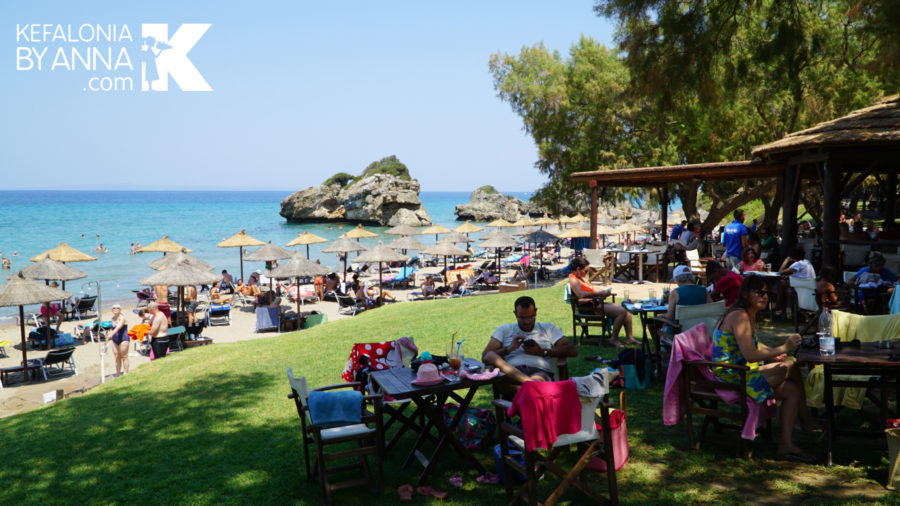
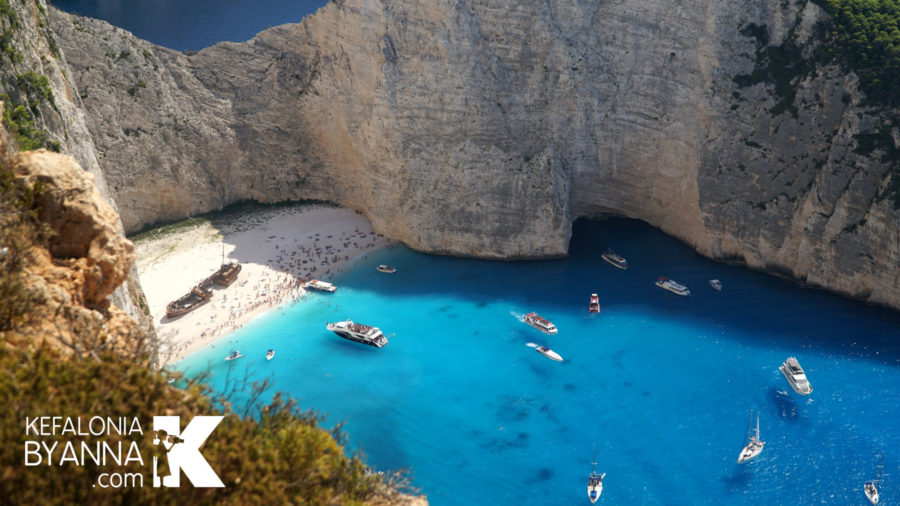
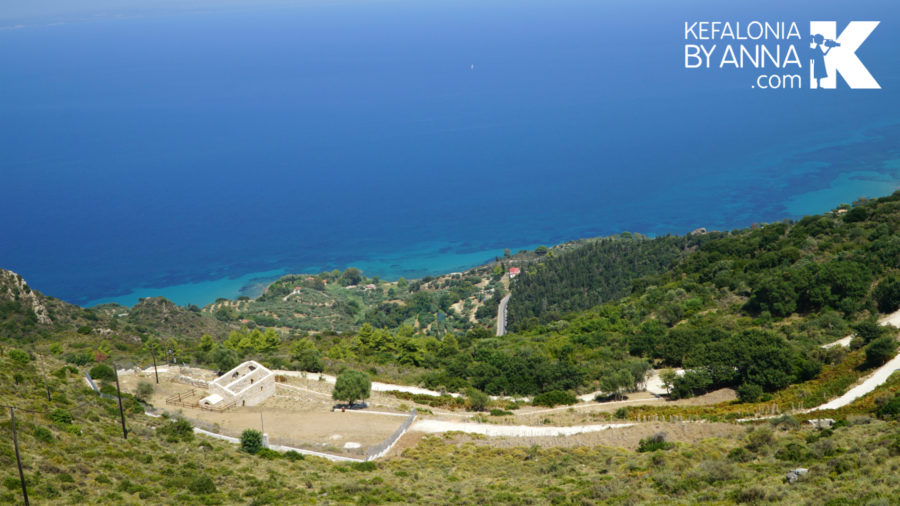
Visiting Shiza, in addition to visiting the huge concrete cross in memory of the deceased of the civil war, you can also visit the narrow lanes of the small mountains villages like Kampi, Anfonitria, Exo Chora and Maries, where inhabitants are still living on farming, vineyards and handicraft and where the time seems to run slower than ever.
In those villages it is possible to buy hand made products such as mats and table clothing or natural food like honey and oil.
At the northern end of the island, also only accessible by boat are the many natural “blue caves” cut into cliffs around Cape Skinari, the Blue Caves consist of particular geologic formations giving life to a succession of caves along the North-West coast of the island; they start soon after Agios Nikolaos to end near Skinari Cape. The boat tours to visit the Blue Caves start from Makris Gialos beach, Agios Nikolaos port and Cape Skinari and the rock formations, including arches, along the coast to Keri are beautiful especially at sunset. Keri is a nice village with a lighthouse and many people visit to watch the sunset here.
There are many wide sandy beaches in the south of the island, and the sea turtles Caretta Caretta nest on the gulf here every year particularly around the Marathonissi Islet between Keri and Gerakas.
Bochali a village and a community in the southern part of the island is worth visiting even by day to take pictures of the small church of Zoodohos Pigi with its Byzantine icons, or of the huge pinewood with ancient Venetian castle.
The castle, partly destroyed by the earthquake that in 1953 devastated the island, must be visited during your holidays even because from there the 360° view allows the visitor to see in one time both coasts of the Island.
Before you leave don’t forget to visit the Cameo Island (there is an entrance fee), a lush, green, and picturesque island connected by a bridge to Zakynthos.
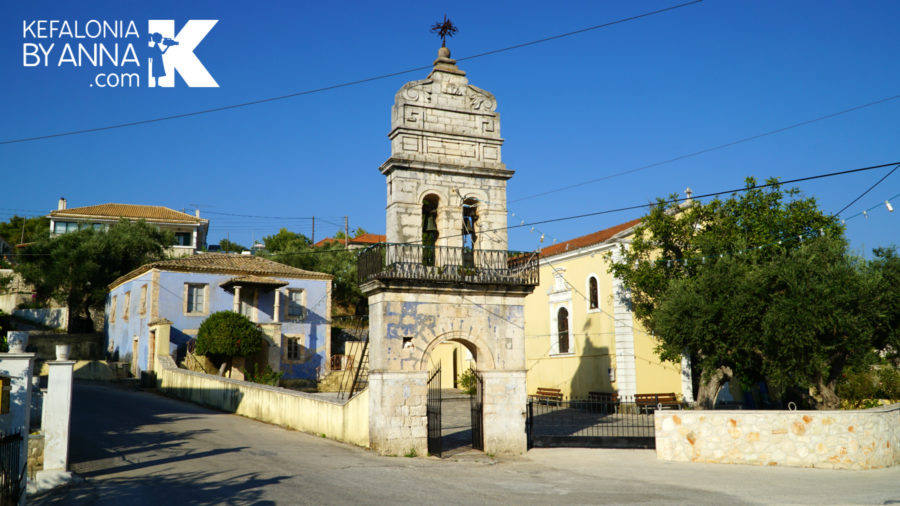
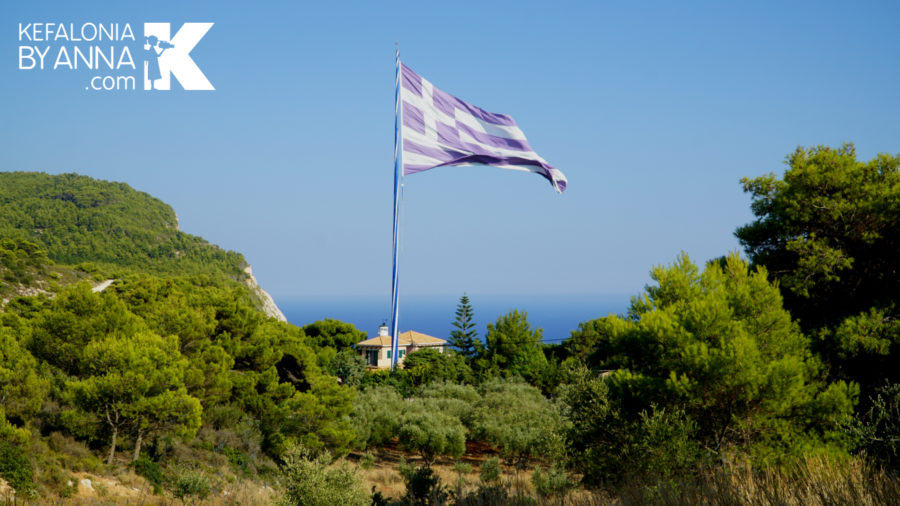
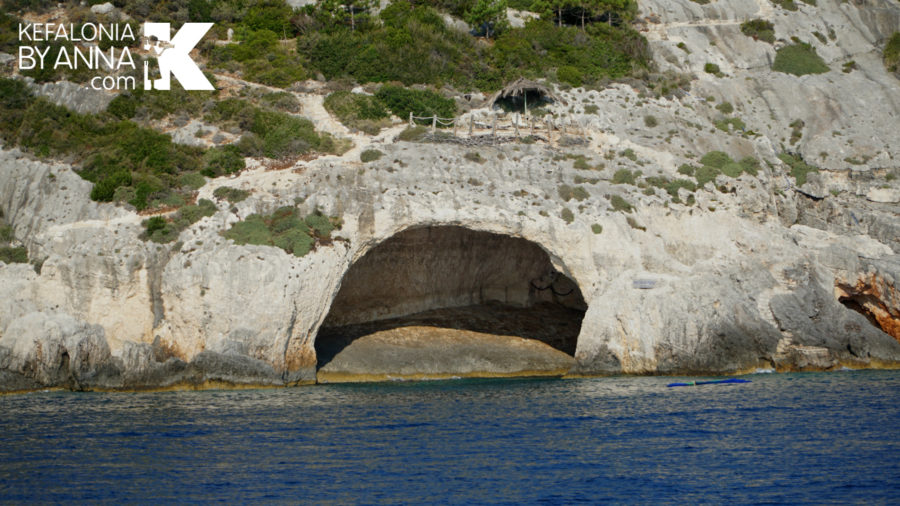
Note:
The turtles should not be an attraction as they are easily disturbed. So please avoid the nesting beaches and renting the glass bottom boats and diving around them as they become distressed which can affect their breeding and eventually their survival.
If you do happen to see a Loggerhead Sea Turtle randomly while swimming anywhere, consider yourself lucky!
Activities
Zante is the perfect island to explore a variety of sea and land activities, including kayaking, horse riding, diving, watersports, windsurfing, paragliding.
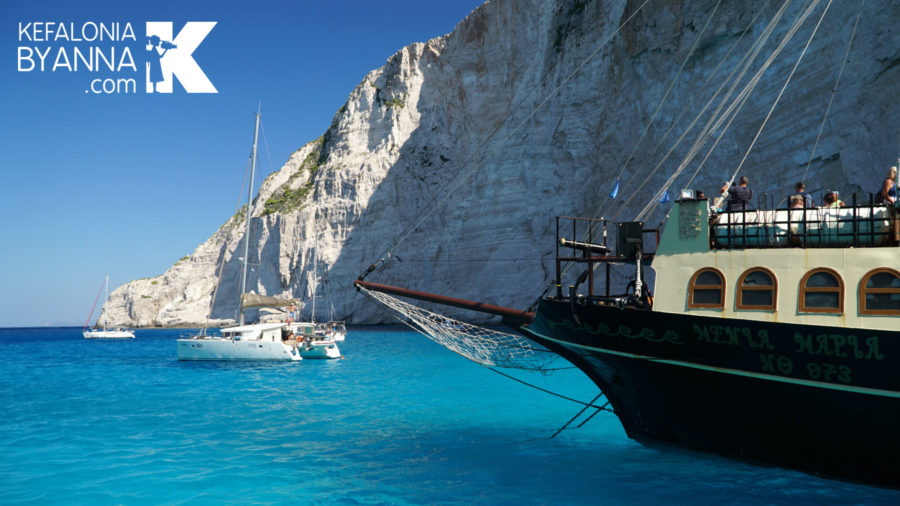
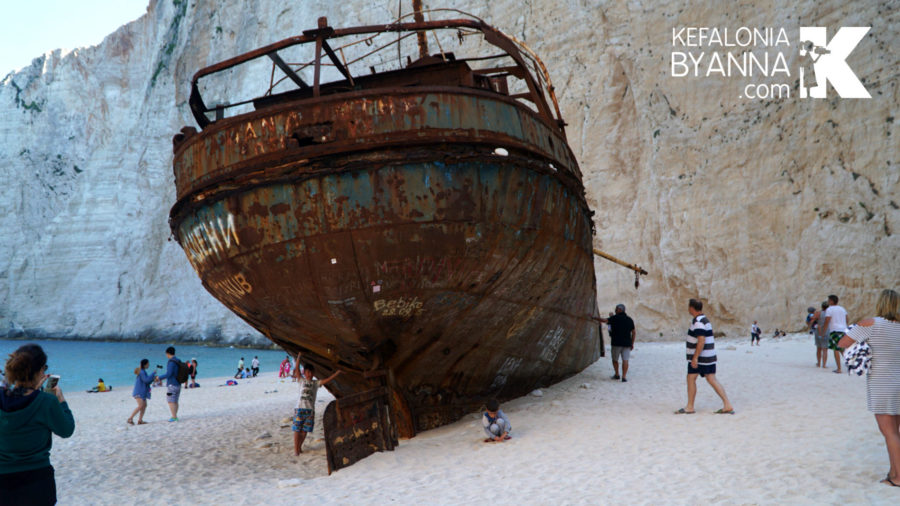
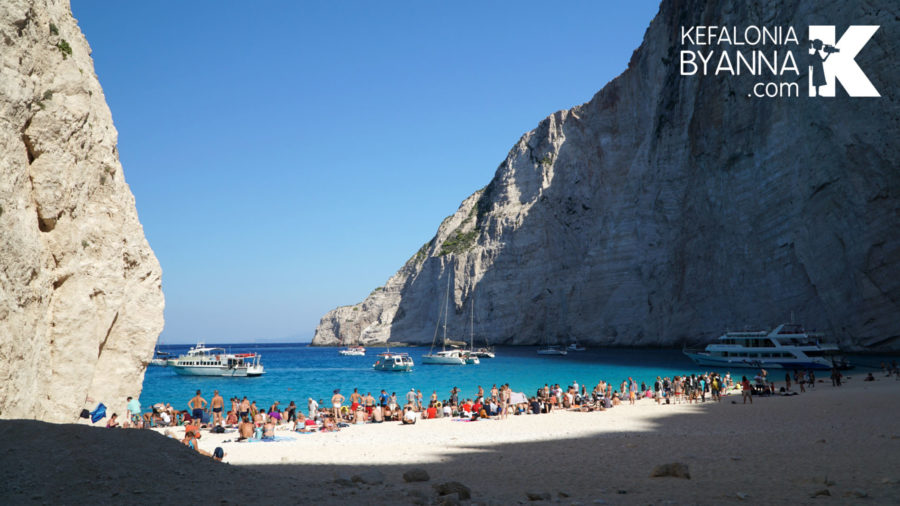
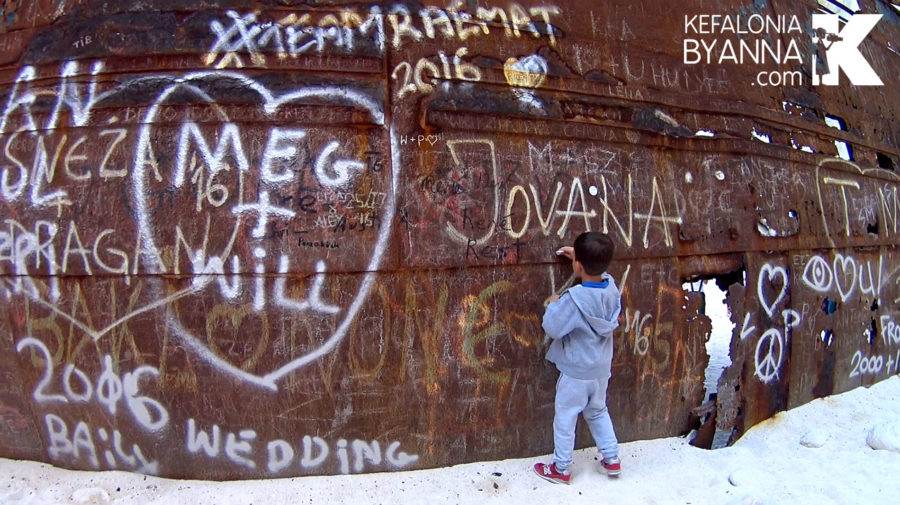
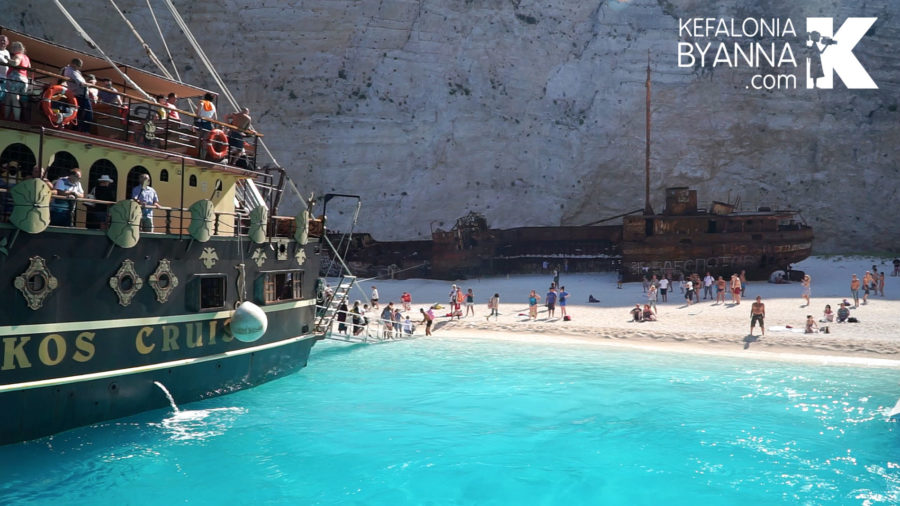
Museums/historical places
Two more historical places to visit are the Roma Mansion, a 17th-century mansion that survived the earthquake of 1953. It hit Cephalonia and Zante, practically destroying both islands, with only a few buildings that managed to survive the impact.
Monastery of St. Dionysios located at the mountain village of Volimes, patron saint of Zakynthos who was born on the island in 1546.
The Byzantine museum is a great opportunity for the guests to admire the pictures and plastics reproducing the city before the earthquake besides the artistic evolution from the post Byzantine period to the contemporary Greek art.
National Marine Park of Zakynthos & exhibition of the loggerhead sea turtle Caretta-Caretta is located in Dafni which is in the municipal department of Vasilikos. Here you can get information and awareness on loggerhead sea turtles and its nesting beaches of Zakynthos.
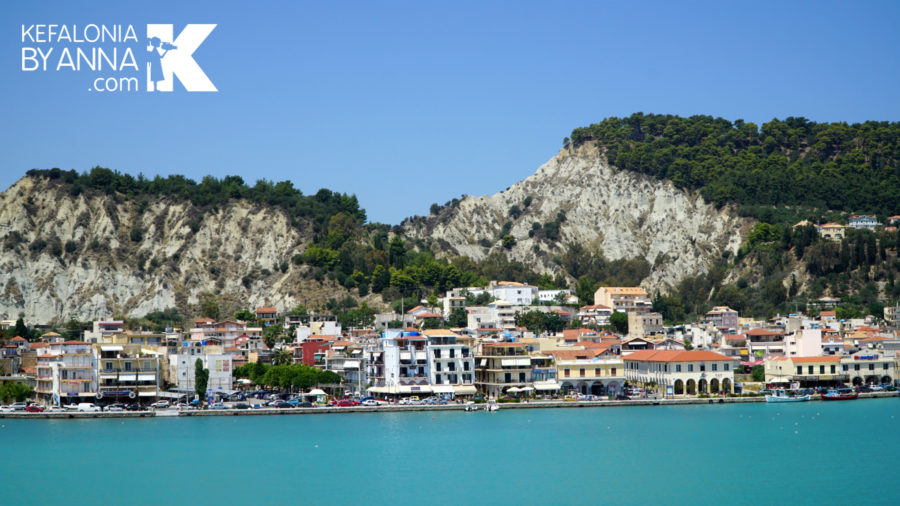
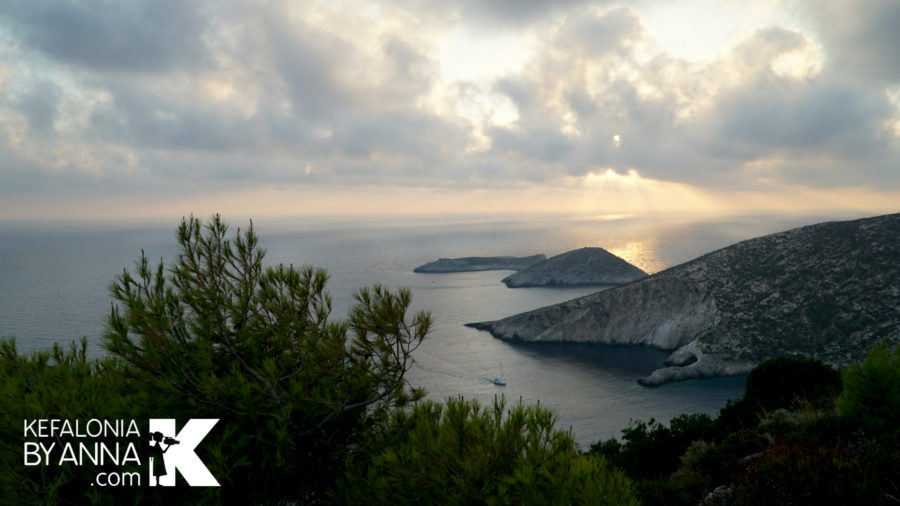
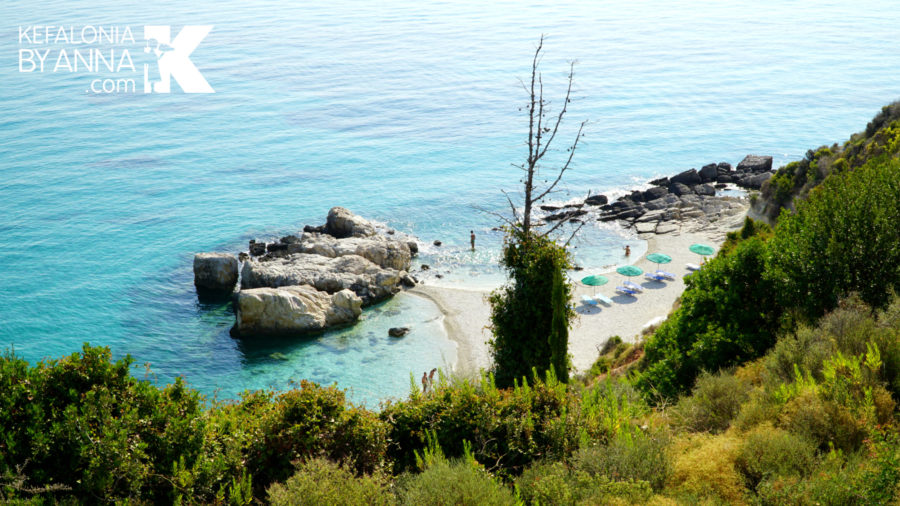
Helmi’s Natural History Museum collections located at Ayia Marina Village, include specimens from the flora and fauna of the Zakynthian nature like: rocks and minerals, plant and animal fossils, shells, fishes and birds.
The Milanio Naval Museum collection, located in the tourist resort of Tsilivi, includes watercolors that reveal the history of maritime transport and a variety of Byzantine ships from the start of the Byzantine Empire until its demolition by the Turks in 1453.
There are also two interesting museums Cultural and agricultural Museum, in the village of Pigadakia, it exhibits the culture and traditions history of the Greek rural world, typical in particular of this island.
A must-do for animal lovers and recommended for children is Askos Stone Park is in the north of the island, close to the village of Volimes, 30 kilometers from Zakynthos Town.
If you want us to organise a day or multiday trip for you from Kefalonia to Zakynthos or the other way round will be happy to do so.
Please fill up the form giving as much information on your dates, interests, kind of group and approx duration of the trip.


